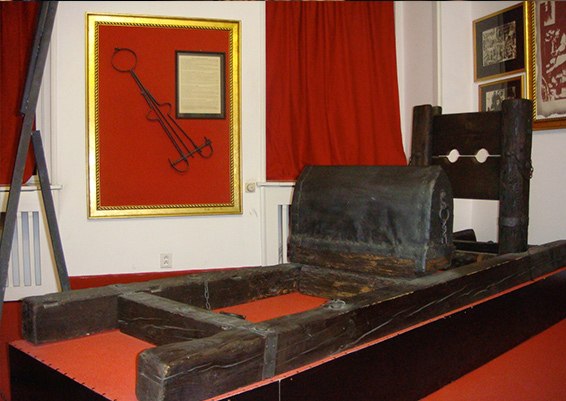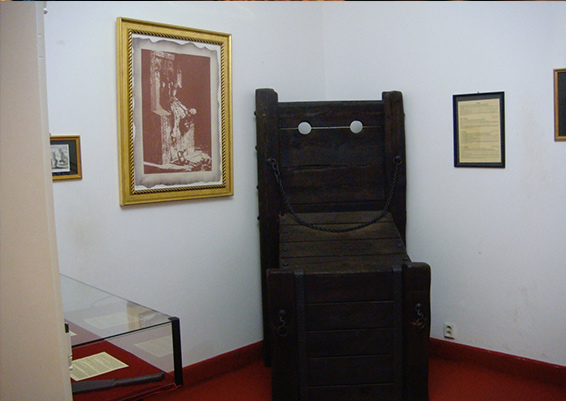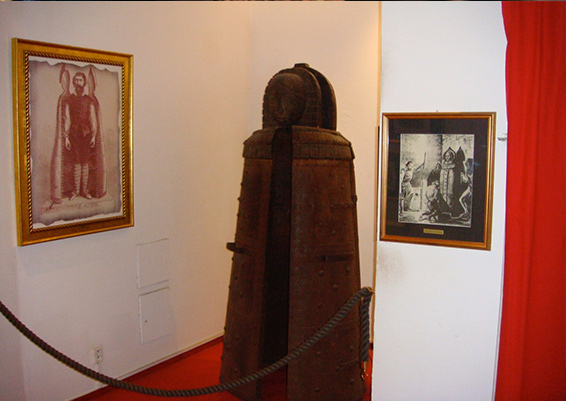Third party cookies
Since the installation of Cookies and other tracking systems operated by third parties through the services used within this site cannot be technically controlled by the Owner, any specific reference to Cookies and tracking systems installed by third parties is to be considered indicative. For complete information, please consult the privacy policy of any third party services listed in this document.
Given the objective complexity linked to the identification of Cookie-based technologies and their very close integration with the functioning of the web, the User is invited to contact the Owner if he/she would like to receive any further information regarding the use of the Cookies and any use of the same - for example by third parties - made through this site.
We use the following third party cookies:
__sharethis_cookie_test__
Place of processing: USA - Privacy Policy
Category: marketing
Expiry date: 272 days
Type: HTTP Cookie
Description of the purpose of cookies: The "Share this post" section on this website is provided by ShareThis
unam
Place of processing: USA - Privacy Policy
Category: marketing
Expiration: at the end of the navigation session
Type: HTTP Cookie
Description of the purpose of cookies: The "Share this post" section of this website is provided by ShareThis
_ga
Google Analytics tracking cookie (Google Inc.)
Place of processing: USA - Privacy Policy - Opt Out
Category: marketing
Expiry date: 729 days
Type: HTTP Cookie
Description of cookie purpose: to use the Personal Data collected for the purpose of tracking and examining the use of this Application, compiling reports and sharing it with other services developed by Google.
_gid
Google Analytics tracking cookie (Google Inc.)
Place of processing: USA - Privacy Policy - Opt Out
Category: marketing
Expiration: at the end of the navigation session
Type: HTTP Cookie
Description of cookie purpose: to use the Personal Data collected for the purpose of tracking and examining the use of this Application, compiling reports and sharing it with other services developed by Google.
_gat_gtag_UA_675701_37
Google Analytics tracking cookie (Google Inc.)
Place of processing: USA - Privacy Policy - Opt Out
Category: marketing
Expiration: at the end of the navigation session
Type: HTTP Cookie
Description of cookie purpose: to use the Personal Data collected for the purpose of tracking and examining the use of this Application, compiling reports and sharing it with other services developed by Google.
IDE
doubleclick.net
Category: marketing
Expiry date: 389 days
Type: HTTP Cookie
Description of the purpose of cookies: Used by Google DoubleClick to record and report on user actions on the site after viewing or clicking on one of the advertiser's advertisements in order to measure the effectiveness of an advertisement and present targeted advertising to the user.
fr
Facebook tracking cookie
Place of processing: USA - Privacy Policy
Category: marketing
Expiry date: 89 days
Type: HTTP Cookie
Description of the purpose of cookies: links the data from the Facebook ad network with the actions performed within this Application.
Please enable Strictly Necessary Cookies first so that we can save your preferences!




